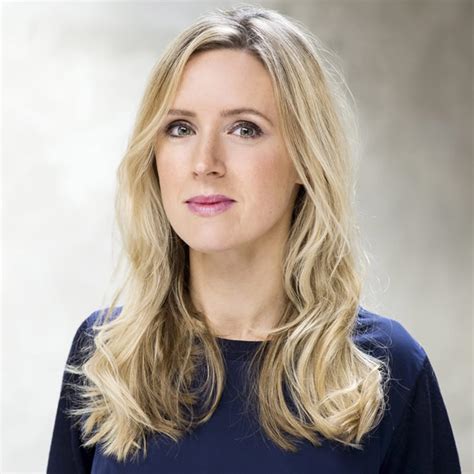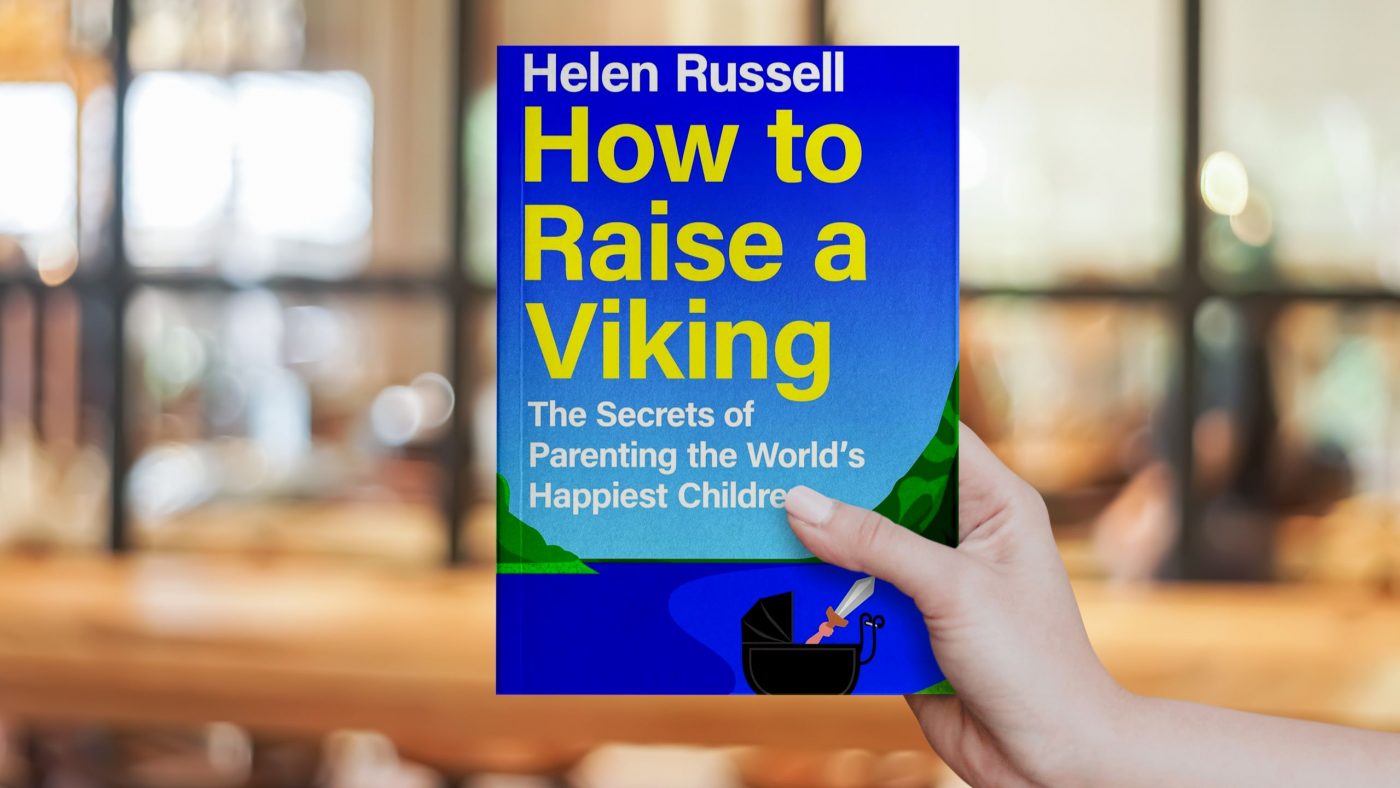Editors’ note: The book will be released in July 2024 in North America with the title, The Danish Secret to Happy Kids.
While Helen Russell’s clever, well-researched exploration of the parenting culture of Denmark and other Nordic countries might not fully map onto the experience of most families in the U.S. or U.K. (Russell’s original home), it offers refreshing insights that can help parents relax a bit, give themselves heaps of grace and have much more fun raising their family. For societies like ours that are confronting crises in practically any arena that concerns our children, Russell’s deep dive into the “Viking way” offers practical, doable approaches that entire nations have proven can work in creating healthy, happy families.

Russell had been in London, “living the city dream” as an editor for MarieClaire’s U.K. online edition when her husband was offered his dream job working for Lego in Denmark. Both were feeling overworked, overwhelmed, burned out and ripe for a change. Denmark had just been voted the happiest country in the world (not for the first time) and she was intrigued. The couple emigrated and soon found themselves parents of “the redhead and the IVF twins,” which placed them in the thick of Nordic childrearing culture.
After 10 years in her new homeland, Russell still maintains sufficient outsider status to offer observations that are helpful, thought-provoking and sometimes hilarious. Her culture shock winds through anecdotes such as the reminder from her son’s Scout group that, “On Wednesday, we build bonfires! Bring daggers,” or the fact even in big cities, you’ll see rows of “under threes” bundled up in huge Mary Poppins-style prams no matter the weather while mom or dad runs inside for a latte or a sandwich. (It’s considered crucial for babies to be able to lie flat rather than be curled over in a buggy or car seat.)
The Nordic countries—Denmark, Finland, Iceland, Norway and Sweden—share the Viking heritage, descendants of the seafaring folks who roamed (and yes, often marauded) across northern Europe from 800 to 1066 CE. Their hardiness is genetically baked in from those beginnings in a harsh environment, and culturally is encouraged today through common practices such as encouraging babies as young as two weeks to take in plenty of fresh air “to help the lungs develop.” Viking children live outside, Russell says, rain or shine. Given the local climate, this often means rain or worse. If the Nordic countries have a shared motto, it’s “There is no bad weather, there are just the wrong clothes.”
Those of us who prefer the warmth of the hearth to unrelenting cold drizzle easily recognize Russell’s shock at the realization that not only will her children be splashing around in the cold and drear, she, too, will be expected to join in and actually play in all that mess. Viking parents volunteer. They go along. They get out there. Danish children are not issued the appropriate wardrobe at birth, she writes, but they might as well be. In some places, posters are put up reminding parents exactly what children need for each season, from the all-in-one snowsuit and Gore-Tex boots for winter, to the balaclava “elephant hat” that all children wear much of the year in varying thicknesses. Wind-resistant, waterproof and thermal clothing come in the smallest of sizes and are simply a fact of life. Luckily, she writes, the thriving hand-me-down culture means no one has to buy all that kit from scratch. Just look around—and pass along whatever your kids grow out of.
In chapters running the gamut from Viking health and safety to school time, to singing and the social brain, Russell touches on many elements that create the unique Nordic approach to children’s lives—encouraging the risk-taking that fosters resilience and self-confidence; the idea that it’s great to cut loose, go wild and get dirty; the view that play is a sign of well-being; the necessity of developing grit, the freedom to mess up and learn from one’s mistakes—all go into creating happy, well-adjusted children.
It is a given in Nordic parenting that children will figure things out, learn to use their bodies and manage their surroundings. They are raised to trust themselves and others from the very beginning. Samfundssind, or community mindset, is the bedrock of Nordic society and from infancy, children are raised to consider the ethos of “the greater good,” even when it means a bit of discomfort for themselves. In Nordic society, fathers are parents and are expected to be involved in all aspects of their children’s upbringing. Real Viking dads change diapers and wouldn’t respect a father who didn’t, she writes.
In each chapter, Russell offers observations that even the most urban, most non-Nordic parent can incorporate to create opportunities for greater freedom and self-reliance for their children, even at very young ages. Her tone is chatty, self-deprecating and sometimes veers a bit cute, but especially for new parents, How to Raise a Viking is a delightful, liberating handbook that encourages loosening our grip a bit, trusting our children and each other a lot, and helping our children grow into their richest, most authentic selves.
However, none of Russell’s great examples or clever observations would be sufficient for someone living in a non-Nordic country to raise a child gloriously expressing all the best Viking values. No matter how hard you might try to go it alone, you need a society that supports those values. A quick answer to “How do you raise a Viking?” would be, live in a society that values children in real, practical, unwavering ways, not as entities deserving of lip service prior to elections, but as the bedrock of a society that intends to have a future. This is where policymakers might want to look at How to Raise a Viking and check out the lengthy citations in each chapter. It’s no secret that American society must make fundamental changes in how we support parents and children if we are to move forward in a functional, even sensible way. In How to Raise a Viking, resources abound that might help move that needle.
Reading Russell’s chapters on government-subsidized child care, parental leave, free healthcare, free education and free dental treatment and a work week that generally clocks in at 33 hours can make the reader wistful for why we can’t have nice things. Yes, taxes are high, but it’s hard to argue with the societal payoffs. (See “happiest country in the world,” above.)
Nordic society isn’t perfect. Some U.S. educators would no doubt take issue with how reading and academic achievement don’t really receive much emphasis until a child is 8 or so, though as Russell points out, children in Nordic countries play for longer, learn later, but still do better in the long run than children in the U.S. and U.K.—and are happier. There are clouds on the horizon, as children in Nordic countries are now getting smartphones and devices at earlier ages, which is causing as much headache and consternation there as it does over here.
In her Epilogue, Russell writes that she knows the idea of the Viking spirit isn’t a package of ideas that can be shipped and adopted wholesale; they are elements to strive toward. By 2050, she writes, economists predict that 40 percent of current jobs will be lost to automation. Right now, we simply don’t know what our jobs our children will be doing in their adulthood. But they will need resilience, adaptability, grit and the ability to think for themselves.
That’s the Viking spirit.
K.C. Compton worked as a reporter, editor and columnist for newspapers throughout the Rocky Mountain region for 20 years before moving to the Kansas City area as an editor for Mother Earth News. She has been in Seattle since 2016, enjoying life as a freelance and contract writer and editor.




